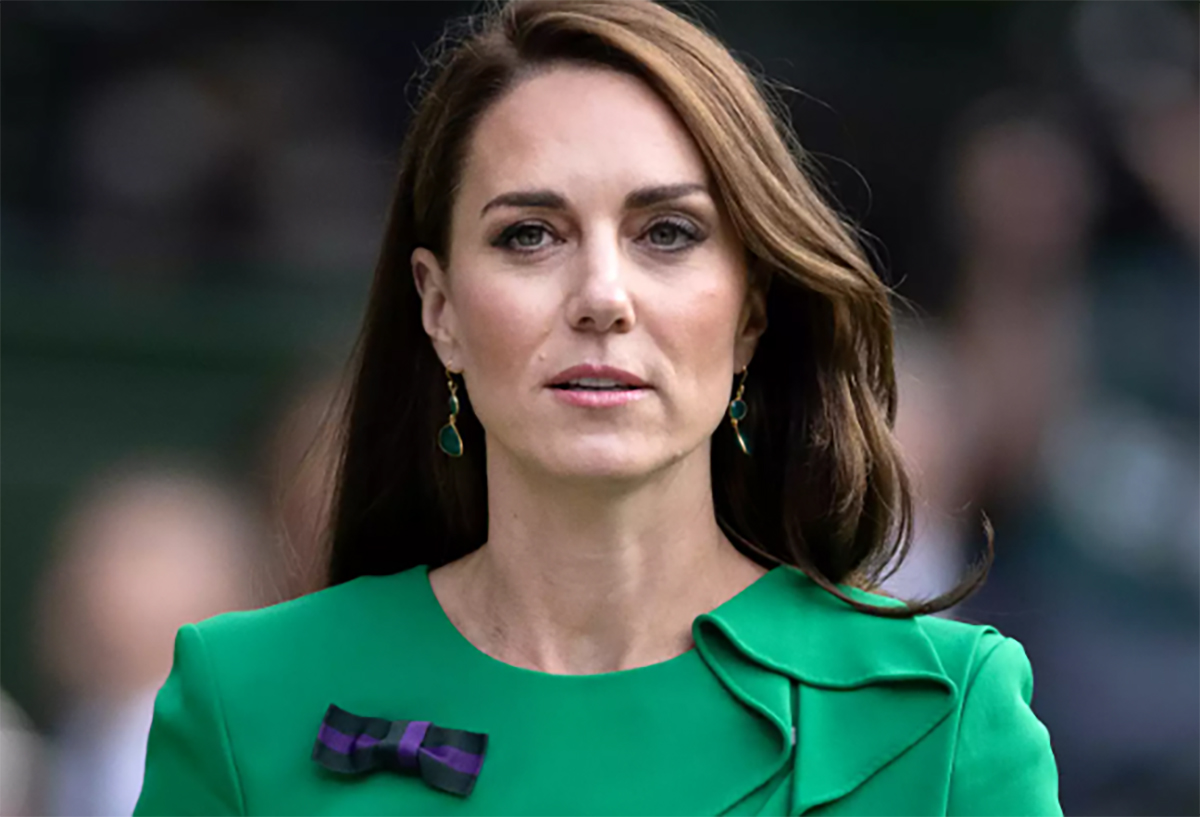The British monarchy is experiencing a transformative moment as King Charles III appoints Princess Kate as the new Queen, thereby shifting Queen Camilla from her position as Queen Consort. This surprising decision has sparked discussions about royal roles, legacy, and what this change means for both the royal family and the nation.
The Royal Declaration: Kate as Queen
In an unexpected public announcement, King Charles III declared Princess Kate the next Queen. The proclamation took place in a grand setting at Buckingham Palace, drawing an audience of royal followers, political analysts, and international dignitaries. This declaration of Kate’s promotion signaled a major shift in traditional succession, which had previously preserved a strict line of title inheritance within the royal family.

The scene itself was tense yet electrifying. As Charles approached the iconic balcony with family members and close advisors, the crowd remained unaware of the history-making announcement they were about to hear. Upon completing his speech, the King revealed that Princess Kate would be the new Queen, marking a significant departure from the norm that some had begun to question. Many spectators expressed shock and admiration at this bold choice.
Behind the Decision: Kate’s Popularity and the Palace’s Future
This decision reportedly involved the counsel of Sir Clive Alderton and other senior advisors close to the King. Their influence emphasized the widespread appeal of Princess Kate, regarded as a loyal, compassionate, and dedicated figure. Her reputation as “the people’s princess” resonates with the public, and many believe that this played a role in her promotion.

While Queen Camilla has worked tirelessly to support her husband, King Charles, and has developed a positive public image, questions remained over her suitability for the modern monarchy. Her history with Charles and her long-standing connection to Princess Diana’s legacy presented an emotional and sometimes controversial narrative, one that Kate has been distanced from. Consequently, the choice to elevate Kate may reflect a desire to redefine the monarchy, emphasizing unity, resilience, and progress.
Camilla’s Transition and New Role
With this change, Camilla’s role is expected to shift from the official duties of Queen Consort to a more informal support position within the family. Camilla may continue to attend select events and take part in charity work, which has long been a passion for her. Her involvement might mirror that of the late Prince Philip, who focused on personal projects and philanthropy later in his life. This shift could also allow Camilla to carve out a new identity and create a more relaxed public persona, one free from the constraints of the Crown’s daily demands.
The news of Princess Kate’s rise to Queen has ignited lively discussions on social media. Fans of the royal family have expressed mixed reactions, with many lauding Kate’s years of service and her poised demeanor. Hashtags celebrating Kate’s promotion quickly trended online, with supporters sharing images and memories from her public appearances over the years. However, not all were in agreement
In 2010, while on a trip to Kenya, William proposed to Kate, giving her his late mother Princess Diana’s engagement ring, symbolizing both a legacy and a new beginning. Their wedding in April 2011 became a global event, marking the couple as beloved symbols of the modern royal fa
Camilla’s Complex Role and the Legacy of Di
Queen Camilla’s journey within the royal family has not been without challenges. Her marriage to Charles came in 2005, after years of controversy due to her involvement in Charles and Diana’s life. Over time, she worked to establish herself as a supportive figure and a devoted wife to Charles, gaining respect for her efforts and philanthropy. Yet, her connection to the past has remained, with lingering associations with the troubled history between Charles and Diana.

Camilla’s supporters argue that she has earned her place, and her resilience has inspired many. Still, this new transition could relieve her of public scrutiny, allowing her to engage with the royal family in a less formal role that might better suit her strengths and interests.
The Larger Implications of Kate’s New Role
Kate’s ascension to Queen holds symbolic and practical implications for the future of the monarchy. While Charles continues his reign, Kate’s new role indicates a forward-looking monarchy. Her influence might bring a less extravagant, service-oriented focus that aligns with contemporary values. Supporters see her as the embodiment of a new era, bringing transparency and dedication to a centuries-old institution.
Despite the initial shock, the royal family appears determined to present a united front, emphasizing stability and harmony amidst change. Charles’s decision suggests a commitment to reshaping the monarchy’s image in a way that resonates with today’s values of inclusivity and adaptability.
Future Challenges and the Royal Line of Succession
Kate’s promotion does prompt questions about the line of succession and the future roles of the younger generation. With Kate now Queen, there may be shifts in the responsibilities and prominence of other royals, including Princess Beatrice and Princess Eugenie. This reshuffling might redefine their public presence and influence within the family.

For Prince Andrew, who has already stepped back from public roles following past scandals, this restructuring likely means a continued absence from formal royal duties. Meanwhile, Kate’s status may reinforce a sense of hierarchy that excludes him from any potential comeback, ensuring that the focus remains on the family’s central members.
Kate: A Beloved Figure in the Monarchy
The British public has long admired Kate Middleton for her elegance, dedication, and compassion. Since marrying Prince William, she has consistently shown a commitment to charity, particularly in areas focused on child development, mental health, and family welfare. This commitment, along with her composed yet warm demeanor, has earned her a lasting place in the hearts of many Britons.
As Kate steps into her new role, her story as a “people’s queen” suggests a new chapter in royal history. While comparisons to Princess Diana are inevitable, Kate has carved out her unique path within the royal family, balancing tradition with a progressive outlook.
Looking Ahead
With Kate Middleton as Queen, the British monarchy embarks on a fresh chapter that reflects modern values while honoring its past. Her journey, from commoner to Queen, resonates with the public, offering a relatable yet aspirational vision for the Crown. As the world watches her assume this new role, Kate has an opportunity to redefine what it means to be a queen in the 21st century, fostering a legacy built on service, unity, and a genuine connection with the people. The future of the monarchy, with Kate at its heart, looks promising, signaling a balance of change and continuity for the years to come.





